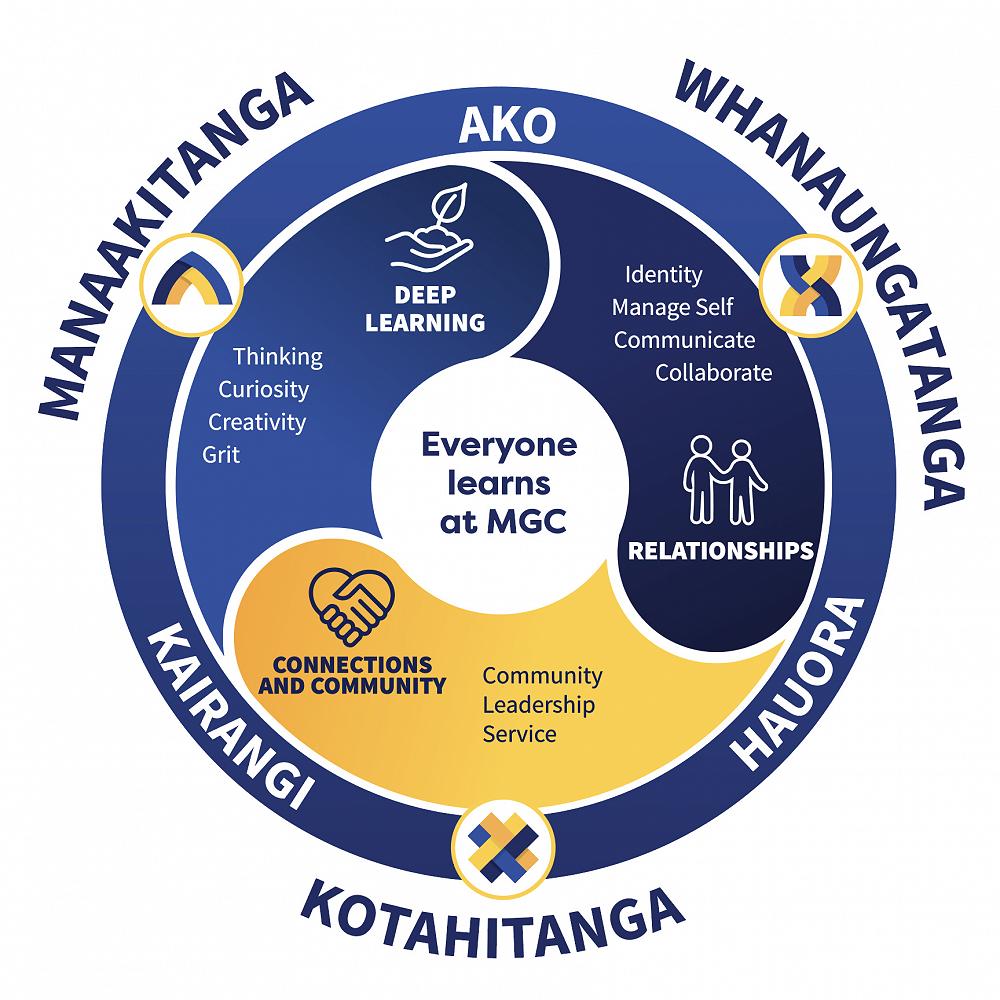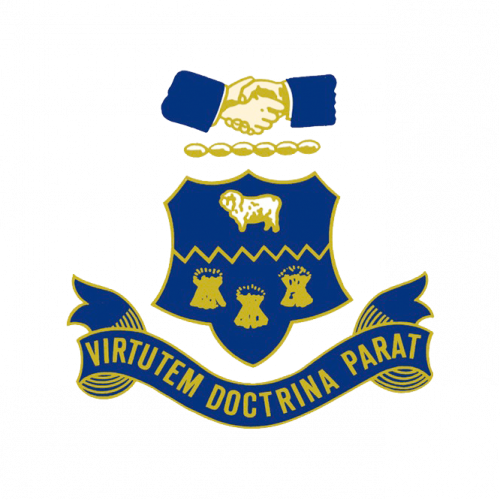
Principal's Message
He mauri tō te tangata, he whakapapa tōna, he mana motuhake.
Kia ora koutou
Our culture at MGC is defined by our vision for learning and our values. Whanaungatanga is often described as being part of a family or creating a strong culture of belonging, but what does this mean in our daily life at school and at home, and how do we rely on Whanaungatanga to guide our actions when times are good and when they are tough?
At school everyone has the right to learn, to teach and do their work, to be safe, be respected and feel like they belong. Our vision for learning also means that everyone has the right to reflect and grow through challenge. A key capability to support this is around Relationships.
We know that strong positive relationships are a major influence on learning, wellbeing and behaviour. This is based on the understanding and belief that:
- we only control our own behaviour, and
- making positive choices about our behaviour helps us to take responsibility for our actions, our learning and our life.
- We can control our choice of behaviour to strengthen or weaken our relationships.
It is not always easy for teenagers to make the right choice in the heat of the moment, and at school we are explicit about what our values look like in action.
In connecting our value of Whanaungatanga and actions that strengthen relationships, we know there are seven that are all about controlling our own behaviour. They are Listening, Respecting, Accepting, Encouraging, Supporting, Trusting, and Negotiating differences.
Conversely, there are actions that disconnect us from having strong and positive relationships and do not support our value of Whanaungatanga. These actions are all about controlling other peoples' behaviour and include complaining, blaming, criticising, nagging, punishing, threatening, bribing, gossiping, being mean, leaving someone out and telling lies about another person.
Our restorative approach helps to build, maintain, restore and sustain relationships. It isn't simply a system, it is a way of being, and something that we continue to work on. Restorative conversations happen, small and large, when something has happened to disconnect or harm a relationship. It could be between students, between students and adults or between adults. The essence of conversations to restore relationships are to tell the story, explore the harm, repair the harm and only then, move forward.
The whakatauki at the top of this article reminds us what Whanaungatanga and positive learning relationships should look like, at school and in our community. ‘He mauri tō te tangata, he whakapapa tōna, he mana motuhake.’ Everyone has mana. Everyone has a whakapapa, a genealogy, heritage and identity that makes that person no more and no less important than the next person. When we learn to treat everyone with care and respect, there are fewer barriers to establishing and maintaining relationships. Address the issues and not the person.
When we get this right, we will all be able to fully realise our potential, individually and collectively.
Kia kaha, kia maia, kia manawanui.
Mary-Jeanne Lynch
Principal | Tumuaki
If you would like to learn more about Restorative Practice, please watch this TEDx clip with Australian Restorative Leader, Marg Thorsborne.

